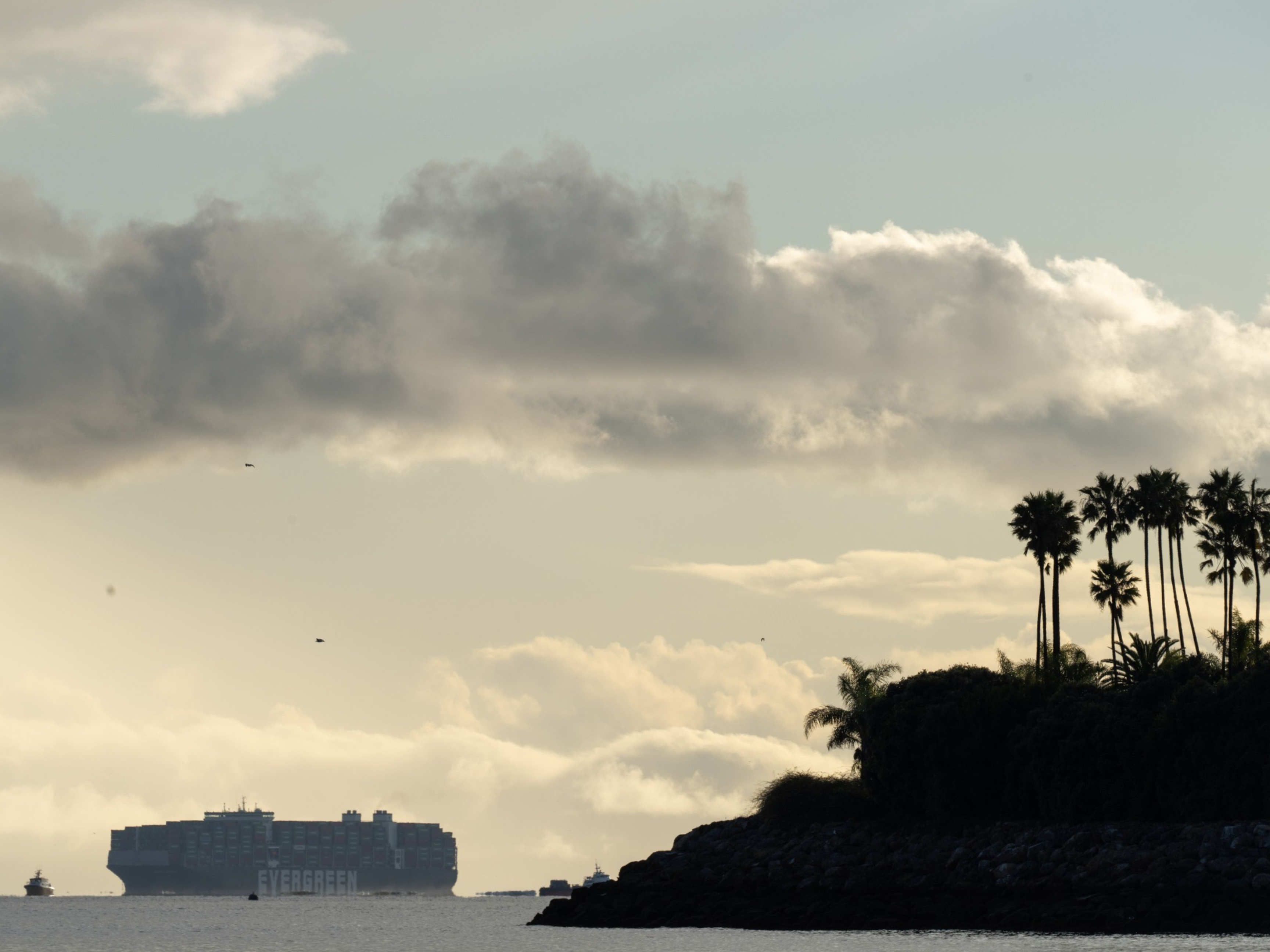
Visit Our Sponsors |
|
|
|
|
|
|
|
|
|
|
|
|
|
|
|
|
|
|
|
|
|
|
|
|
|
|
|
|
|
|
|
|
|
|
|
|
|
|

Americans should buy their holiday gifts early this year, as the container glut plaguing ports and the supply chain will persist through at least year-end, the head of California’s Port of Long Beach said Thursday.
“Shop early, because these delays and bottlenecks are going to continue to the end of the year,” Mario Cordero, the port’s executive director, said during an interview with Bloomberg Television. “Hopefully we’ll have some strong mitigating factors.”
Long Beach, the nation’s second-largest port, and its nearby and bigger rival, the nearby Port of Los Angeles, are under pressure to relieve the backlog of cargo containers anchored off the coast of Southern California and piled up in the yard. U.S. President Joe Biden this month announced the Los Angeles port would start operating around the clock — following Long Beach — and got commitments from major retailers to speed up their own unloading of cargo.
The top priority is making sure the entire supply chain runs 24 hours a day, seven days a week, including the port, trucks and warehouses, according to Cordero.
Port officials and the Biden administration are having “good collaborative discussions” to make that happen, he said.
Cordero’s port has been overrun with imports, with the number of 20-foot equivalent units of containers at Long Beach up 24% this year through September — an increase he’s attributed in part to surging e-commerce orders.
The challenges are only compounding. As of Wednesday, more than 70 container vessels were anchored off the Los Angeles coast, according to Marine Exchange of Southern California data.
Many of the problems aren’t new, Cordero said. The shortage of chassis, the trailers upon which containers sit, came up in a study the port did back in 2015, he said.
The pandemic and the boom in demand this year as economies reopened have contributed to the massive snarl. Only 40% of the vessels arriving into the Long Beach port are on schedule, causing further delays in unloading them and getting goods to their final destination, according to Cordero. A frequent source of the tardiness is persistent COVID-19 infection among port workers in Asia, which can shut terminal operations overseas.
“We need to have a different model of how we operate here,” Cordero said.
So far, though, efforts to clear the backlog have had spotty success. Long Beach started a pilot program last month to relieve some of the buildup of containers, moving to 24-hour operations and allowing truckers to pick up containers during the previously closed hours from 3 a.m. to 7 a.m.
However, no truckers took advantage of newly extended hours during the pilot’s first two weeks, highlighting the limitations of even non-stop container operations. Rail giant Union Pacific Corp. has also started receiving trucks at its freight facility near the ports of Long Beach and Los Angeles at all hours, after previously closing the gates to truckers for much of Sunday and into early Monday.
Logistics giant DHL Supply Chain also is adding up to 15,000 seasonal workers to handle its round-the-clock operations, while also doubling its use of robots, Scott Sureddin, chief executive of the North American unit, said on Bloomberg Television.
RELATED CONTENT
RELATED VIDEOS
Timely, incisive articles delivered directly to your inbox.

